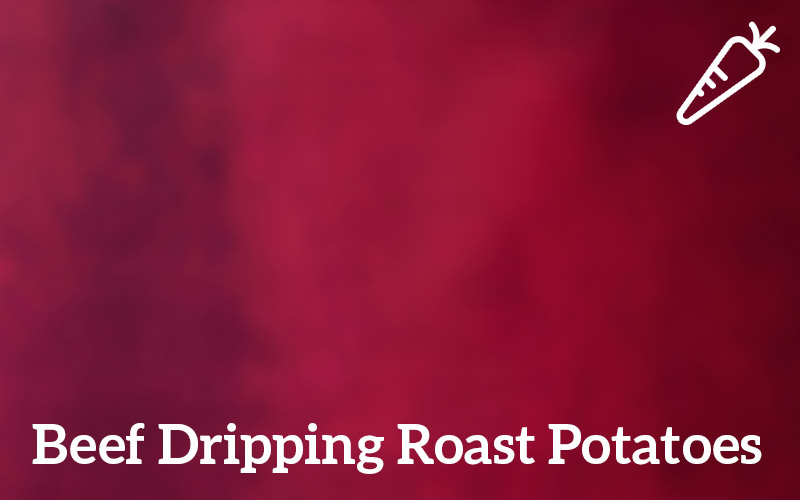Luscious Roast Pork with Cracking Crackling
If crackling doesn't crackle, what's the point? Here's how to make sure it does
Prep time: 10mins | Cook time: Check your individual joint for cook times
Ingredients
- Pork joint
- Salt to flavour
- Vegetables for trivet (we recommend onion, carrots and leeks)
Method
- Make sure the joint is as dry as possible. Score the skin lightly in thin strips, then rub a tablespoon of salt over the pork
- You don't need any oil as the meat will baste itself
- TOBY TIP: When roasting a joint, sit it on chopped veg (we call this a vegetable trivet). Add a little bit of water, to help keep the meat moist and juicy, and you'll have the makings of a really good stock
- Roast the pork skin-side up in a pre-heated oven at 240C for about 20 minutes, then turn it down to about 190C
- Work on a cooking time of 35 minutes per pound. When cooked, the juices will run clear when you stick a fork in the joint
- Once the pork is cooked, remove the crackling, scraping off all of the fat
- While the joint rests for half an hour, cook the crackling in a pan sprinkled with salt – but with no extra oil
- In no time, you'll be crunching your way through delicious crackling and enjoying the intense flavour of perfectly moist roast pork
A few words on carving
After cooking, make sure you let your joint stand for 30 minutes, so the meat 'relaxes' and the juices flow through the joint. You'd be surprised how many people attack their roast as soon as it comes out of the oven, and then wonder why it's dry and chewy.
If you're thinking of using an electric knife, here's my advice: please don't.
Ideally, you need a long, sharp knife. A serrated blade works quite well if you'd rather not be sharpening all the time.
Here's the proper way to sharpen a carving knife. First, don't sharpen both sides or you'll probably blunt it. The trick is, if you're right-handed, sharpen the right-hand side; and vice versa if you're left-handed.
Use the entire length of the knife to carve, cutting against the grain to slice up the meat fibres.
If you use a fork to hold the meat in place, press lightly. If you stick the fork hard into the joint, everything will collapse and you'll squeeze those sumptuous juices out. Ideally, you should only use a fork to move the sliced meat.
If you like this recipe, you’ll love these…
Cooking times will vary according to your equipment specification and timings are given for guidance. We use a fan assisted oven for our recipes. Please follow instructions given on product packaging for best cooking instructions as these recipes are for guidance only. (V) indicates vegetarian recipe, (Ve) indicates vegan recipe. Double check all of your ingredients if you’re cooking for people with allergies, intolerances or food preferences.




